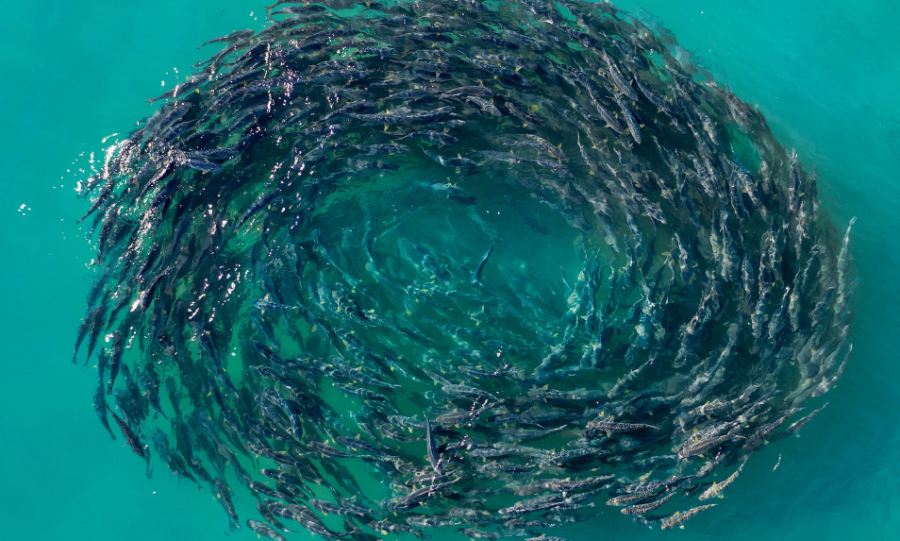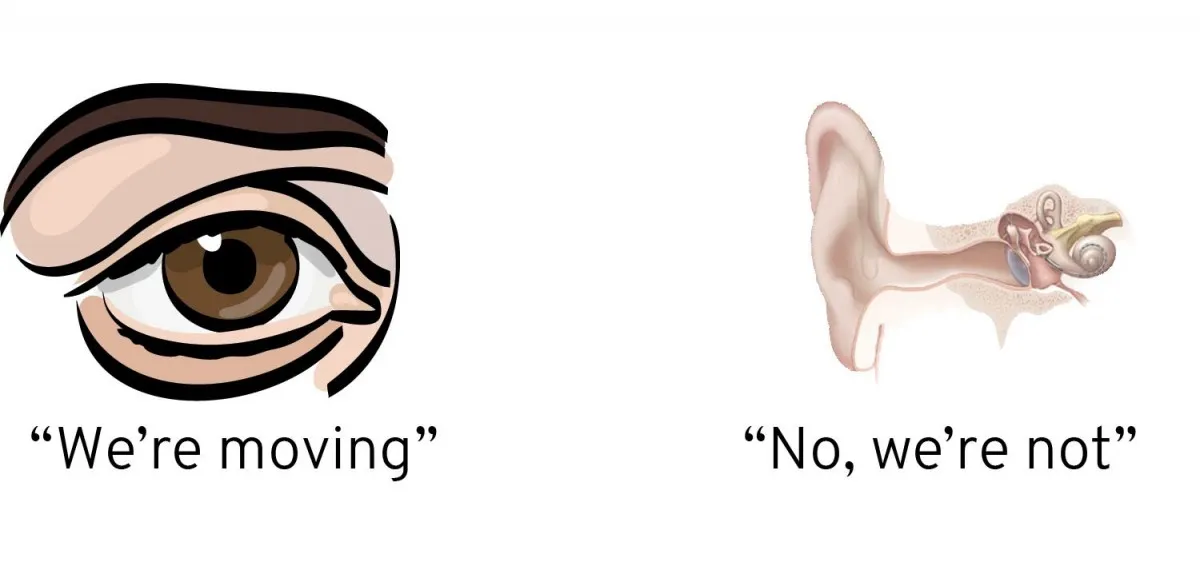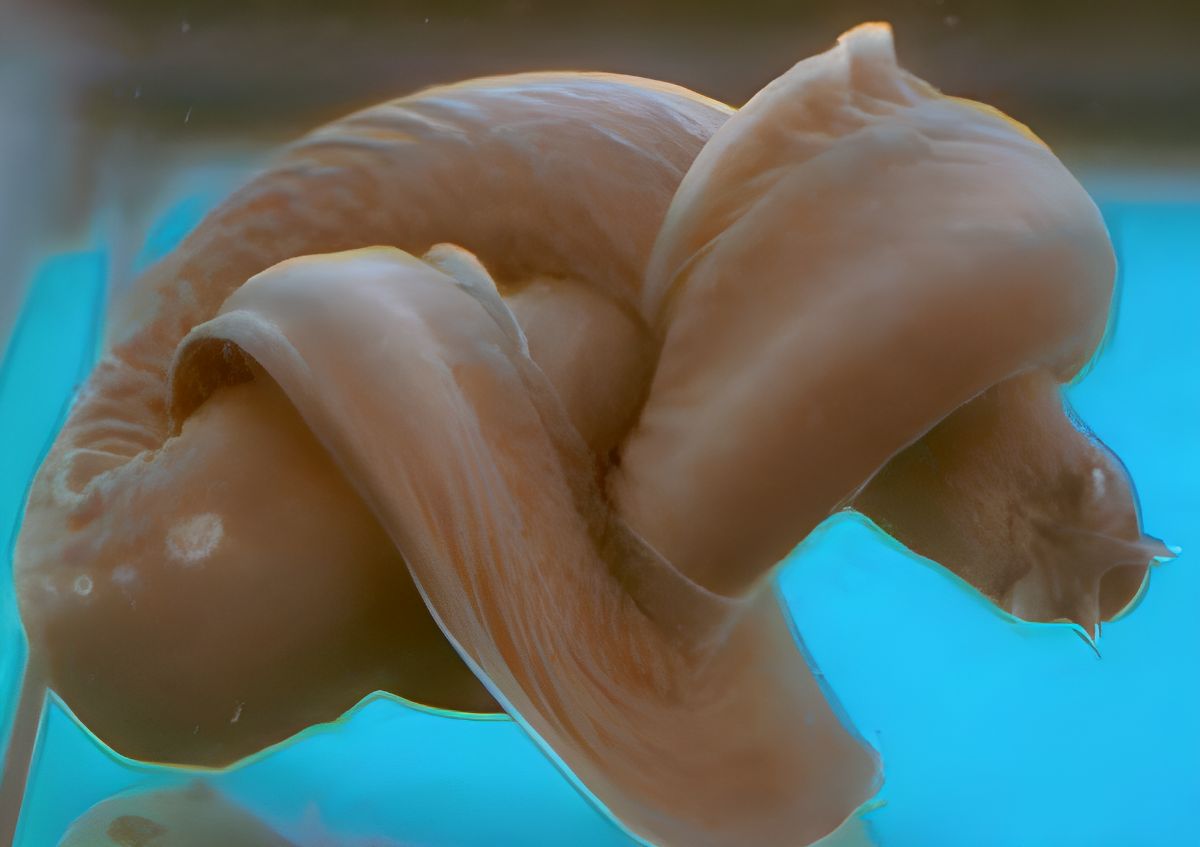When a ship pulls out of port and the motion of the ship begins to rock in open water, many passengers start to feel sick. They frequently suffer from headaches, vertigo, and cold sweating in their palms. It frequently extends further than these few symptoms. Motion sickness quickly develops into nausea, frequent vomiting, and the desire to pass out, which makes the journey impossible to complete. Those who have been affected only want to get to land. But is motion sickness something that only humans are susceptible to, or can animals also get it? For example, are fish susceptible to getting seasick?
Known examples of seasickness in fish
Yes, but it’s possible that they wouldn’t be seasick in their natural habitat. Because if there is turbulence on the surface of the water where a fish is swimming, the fish will simply dive to avoid it.
However, when fish are snared in a fishing net in a short amount of time, this unique situation arises. Seasickness may sometimes occur even when ornamental fish are transported from one location to another in an enclosed vehicle. The same can be said for some animals, which are sent into space as “animal space tourists” for scientific research purposes and are able to survive there despite the absence of gravity.
All the higher animals are susceptible to motion sickness to varying degrees, and it is generated by a conflict between visual information and the organs of balance. Although they can’t throw up, certain animals like rats and horses still experience the discomfort of seasickness.
How to tell if a fish is seasick

But how can you tell which fish are affected by seasickness? For example, are they able to throw up as well? The animals eventually develop symptoms that are identical to those seen in people at this point.
They would begin to spin and make a variety of gestures in an attempt to reassert their authority over their surroundings. Animals who occasionally experience feelings of nausea may even turn somersaults while swimming in the water, similar to a swimming loop. There is evidence that fish can also throw up. For instance, fish breeders will withhold food from their animals before transporting them so that they will not engage in this behavior.
There was another attempt to learn whether fish experience motion sickness. After placing almost 50 fish in a tank and boarding an aircraft, the researchers watched the fish undergo a steep dive to simulate zero gravity. A few of the fish then swam in circles, seemingly bewildered.
During the test, eight free-falling fish demonstrated seasickness. The fish looked to be vomiting and swimming in circles after their release by the scientists. This demonstrates, much like with humans, that certain fish are prone to motion sickness while others are not. This “seasick” fish would be easy prey in the wild.
According to the Stuttgart zoologist Dr. Reinhold Hilbig:
“The fish lost their orientation… They completely lost their sense of balance, behaving like humans who get seasick.”
Dr. Reinhold Hilbig
This also applies to the fish in a tank on the ship during wavy seas that show signs of distress. Their distress appears to be related to the vibrations in the tank and their loss of eye contact with the motion of the water.
Why does seasickness happen?
But what exactly causes humans and other animals to experience motion sickness in the first place? It happens frequently when the input received by the sense organs does not match up with the spatial location and movement of the body. Scientists refer to this phenomenon as a conflict between the senses.
After a brief period of time, the brain loses its bearings and is unable to determine which piece of information to trust. This is something that can happen on a rocking ship, as well as in the back seat of a moving car or on the drooping wings of an airplane.

Imagine that you’re on a train that’s stopped in the middle of nowhere. A train is about to leave the station on the nearby track. When this occurs, the organ of balance in the ear reports that you are not moving, whereas the eyes report that you are moving.
The brain at first has trouble making sense of this apparent contradiction. However, it eventually comes to the conclusion that the train has come to a stop and that everything has returned to its usual state after analyzing the signals from other sensory organs.
However, motion sickness is possible if the predicament lasts for an extended period of time, such as when one is on a ship experiencing a significant surge. Due to the nature of the brain, it is likely that an individual will incorrectly diagnose themselves as having food poisoning. Then they would throw up in order to get rid of the allegedly revolting food. That can be considered a hypothesis, at the very least.
Even fish have organs to help them keep their balance. They are positioned, one on each side of the head, specifically on the left and right sides. If a fish is rocked back and forth by a vortex or strong wave movement, it may momentarily lose its sense of orientation and experience feelings of vertigo or sickness.
The investigation into the phenomenon in both people and fish is by no means complete. It is unknown, for instance, why some organisms experience seasickness even when making only very slight movements, while others do not experience this phenomenon.
The reason for motion sickness in animals
The causes of seasickness in animals are still a mystery. Many hypotheses attempt to explain why our species developed such a robust reaction. There’s some speculation that this helps shield nerve cells from neurotoxins.
Because back in the day, the only time our senses were at odds with one another, as they are during motion sickness, was when we were poisoned. Therefore, to expel the toxins, one could only vomit.
Ernest Shackleton, the intrepid explorer of the Antarctic, carried ponies with him on his journey by sea and wrote in his journals of the terrible hardships they endured in the midst of the storms. It’s rather common to see seasickness in our dog and cat friends.










